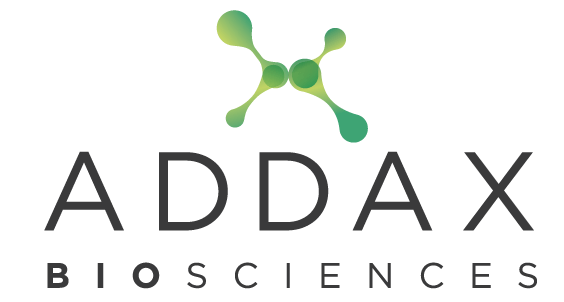In recent years, the high toxicity and carcinogenicity of Formaldehyde has been increasingly recognized worldwide from both a scientific and regulatory point of view. The numerous examples of this recognition, and the following normative restriction on the use of Formaldehyde, include: in the United States (at the federal level) – the Formaldehyde Emission Standards for Composite Wood Products, the Toxic Substances Control Act, the Resource Conservation and Recovery Act, the Clean Water Act, and the Clean Air Act; in Canada – the Canadian Environmental Protection Act, and the Hazardous Products Act; in Brazil – the Resolução nº 37 of 03/06/2008. Value limits to airborne concentration of Formaldehyde were also introduced, inter alia, in China and Japan.
In the European Union, Directive n.37/2004, Regulation n. 605/2014 and Regulation n. 895/2104 recognized Formaldehyde as a carcinogenic substance and severely restricted its use, production and commercialization from August 2017. More recently, the European Parliament Resolution of 27 March 2019 recommended the Member States to minimize exposure to Formaldehyde, and the EU Directive 983/2019 stressed Formaldehyde’s classification as a carcinogenic substance and recognized its nature as a contact allergen for the skin.
EU Directive 983/2019 also recognized that, due to its high degree of diagnostic accuracy, Formaldehyde is still routinely used in the healthcare sector across the Union. Indeed – at present, and not considering GAF – there is no valid (i.e., accepted by the scientific community) alternative to Formaldehyde to preserve cell or tissue specimen. For the health sector, Directive 983/2019 also introduced a transitional period of five years during which the allowed limit value of Formaldehyde in the workplace (airborne concentration) is increased.
However, it should be stressed that normatively (at least in the EU) there is still a legal obligation to seek for alternatives to Formalin. From a legal point of view, we are currently in a “transitional arrangement” phase, in which the use of Formaldehyde is tolerated, and subject to derogative authorization, only by virtue of the absence of valid substitutes. Formaldehyde is used in the impossibility of a primary prevention: i.e., the elimination of risks with the use of different substances.
As a consequence, in particular in the healthcare system, thousands of workers (e.g., nurses, technicians, doctors, pathologists) are still exposed to Formaldehyde. Until now, the balancing point between the diagnostic (i.e., patient’s health) and the worker’s protection interests is based on the reduction of risks according to the principle of “As Low As Reasonably Achievable”. The risk deriving from exposure must be reduced by implementing an efficient technical, organizational and procedural framework (chemical fume cupboards, safety procedures, etc.). As a consequence, the use of Formaldehyde brings a consistent economic and legal burden for the employer and/or involved occupational physicians. Indeed, the number of lawsuits for employer’s liability concerning work-related diseases connected to the use of Formaldehyde is increasing (see, for instance, in the United States: the so-called “Lumber Liquidators Scandal” and the lawsuit filed against the FDA by Women’s Voices and the Environmental Working Group).
ADDAX Biosciences provides an in-depth collection of scientific articles on the toxicological aspects of Formalin. Through these resources, it is possible to acquire detailed information on the implications of exposure to the carcinogen substance. Studies have shown that the use of Formalin can cause extremely harmful effects on human health.
This collection has the purpose of providing solid scientific knowledge to enable informed decisions and promote safe practices in the use of histological fixatives.
Organisations engaged in occupational risk prevention contribute to disseminating knowledge about the protection of workers and occupational health. They promote studies and research on occupational diseases and specific risk areas through information, training and assistance.
ADDAX Biosciences provides a collection of contributions showing data, effects and prevention measures related to the occupational use of Formaldehyde published by national and international organisations.
ADDAX Biosciences was born as a spin off of the University of Turin, which contribuited with support to the research activity.

Our company has received funding from the European Union’s Horizon 2020 Research and Innovation Programme under Grant Agreement No 8157692.

The project “GAF – Towards a hospital without Formalin” is realized thanks to the co-financing of POR FESR Piemonte 2014-2020, Ob.1 – “Research, technological development and innovation, I.1.b.4.1 “Support for creation and consolidation of innovative start-ups with a high intensity of application and knowledge and research spin-off initiatives”.
The project aims to validate, produce and market GAF, a histological fixative without carcinogenicity, that works as a substitute to Formalin. Achieving the project’s objectives will improve the working conditions of health and research professionals, protecting them from the risk of developing occupational diseases caused by inhaling Formalin vapours.


